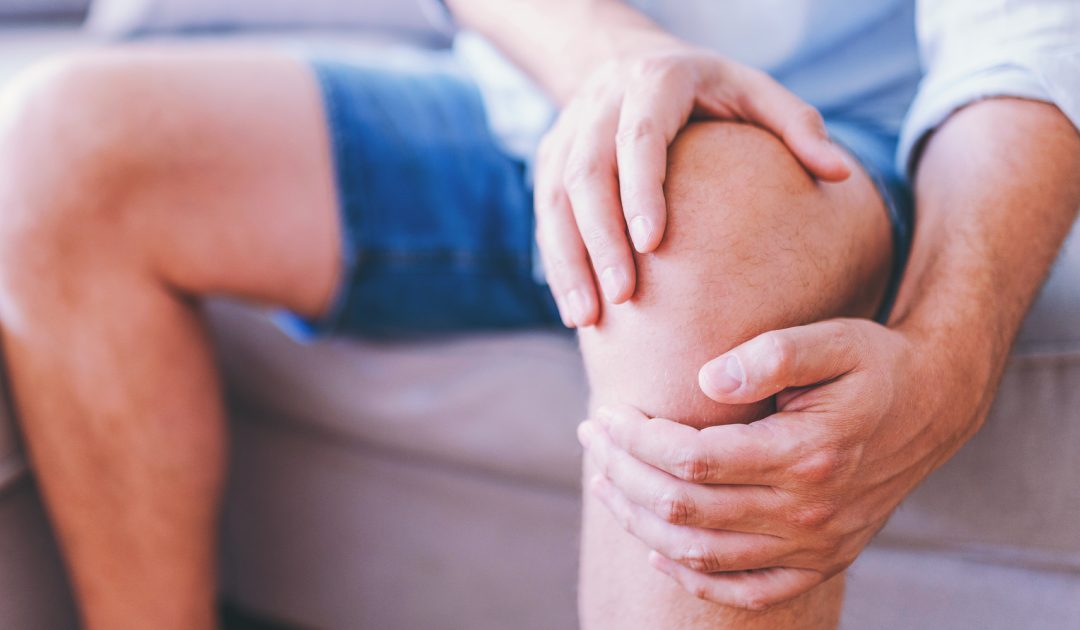Knee pain in children. What is it? A further look into Osgood Schlatter Disease
The most common cause of knee pain in children aged 8-15 years is Osgood Schlatter Disease (OSD). OSD presents as pain under the knee and usually occurs when children undergo a growth spurt.
What is OSD?
Technically speaking OSD is an overuse injury which causes apophysitis of the tibial tuberosity. Apophysitis is a medical term that refers to painful inflammation of bone where a muscle or tendon attaches. In this case OSD is caused by inflammation at the growth plate on the tibia (shin bone) where the patella (knee cap) tendon attaches.
OSD most commonly affects girls earlier in life between ages 8-13 and boys aged 11-15 years
What are the symptoms of OSD?
- Pain, swelling and tenderness to touch over the tibial tuberosity (under the knee cap)
- Visible bump just below the knee
- Increase in pain with activity such as running, stairs or squatting and improvement with rest
- Pain when kneeling or leaning on knee
- No acute mechanism of injury (develops over time rather than 1 particular incident)
- Pain can be reduced by straightening the leg against resistance
- Decreased quadricep strength
Diagnosing OSD?
OSD is mainly diagnosed by clinical presentation. A physiotherapist is trained in assessing symptoms and performing a variety of physical exams to help diagnose the cause of your knee pain.
Usually there is no need for further imaging but sometimes an x-ray may be needed. Your physiotherapist will be able to advise you if this is necessary
Differential Diagnosis
It is important to see a health professional to help diagnose the cause of your knee pain. Some other common causes of non-acute knee pain in children include Sinding-Larsen Johansson Syndrome and Patellofemoral Pain Syndrome
Treatment
Your physiotherapist will be able to provide specific tailored exercises based on your individual goals and presentation but some basic principles that may help include:
- Ice: placing a cold ice pack over the sore tendon for approx. 20min can help to decrease the inflammation and pain around the tendon
- Foam rolling: Foam rolling the quadriceps muscle can help to stretch the muscle belly without adding stretch to the tendon which can occur from conventional stretching. Foam rolling will not add extra tension on the apophysis (site where the tendon meets the bone)
- Lower limb strengthening: glute, hamstring and calf strengthening can help to offload the tendon and provide more support for the lower limb.
- Tendon specific loading: Direct loading of the tendon guided by your physiotherapist can help the tendon to become stiffer and increase its ability to withstand greater loads leading to a decrease in pain when performing activities of daily living or exercise.
Should I stop sport?
Generally speaking, OSD is a pain limiting condition. You can generally continue to train and play through if you/your child can tolerate the pain. A period or relative rest may be needed to help offload the tendon and give it time to heel but this is not always the case. Getting on top of the complaint and starting some physiotherapy early is the best approach to ensure that the condition does not progress in severity or develop in to anything else.


